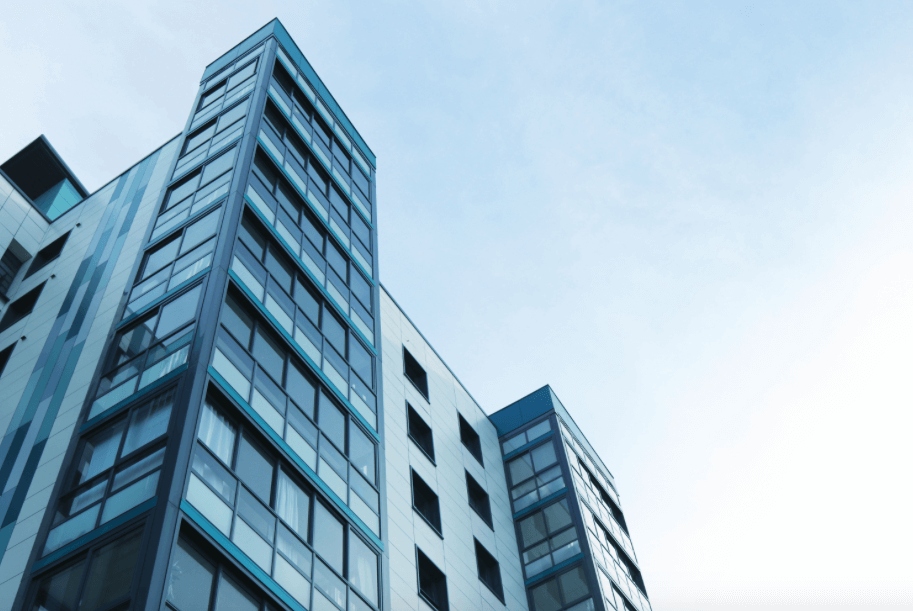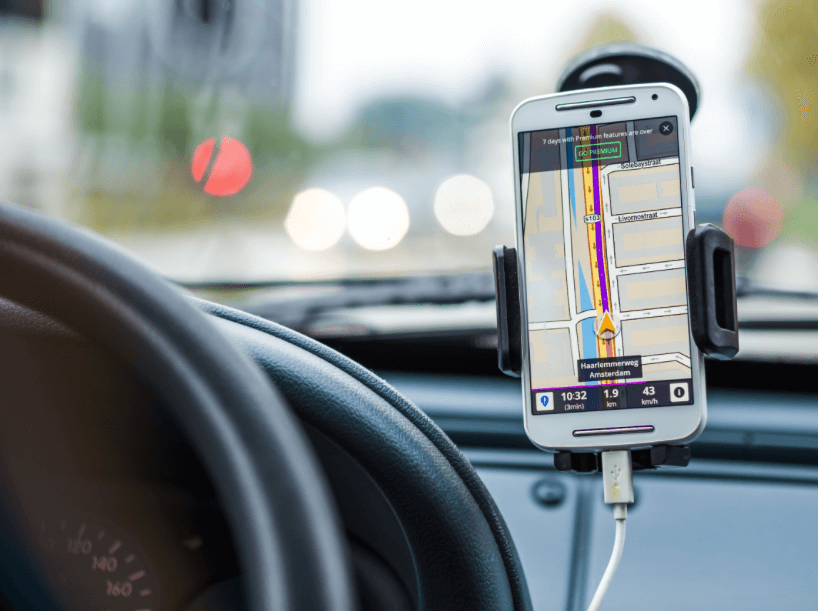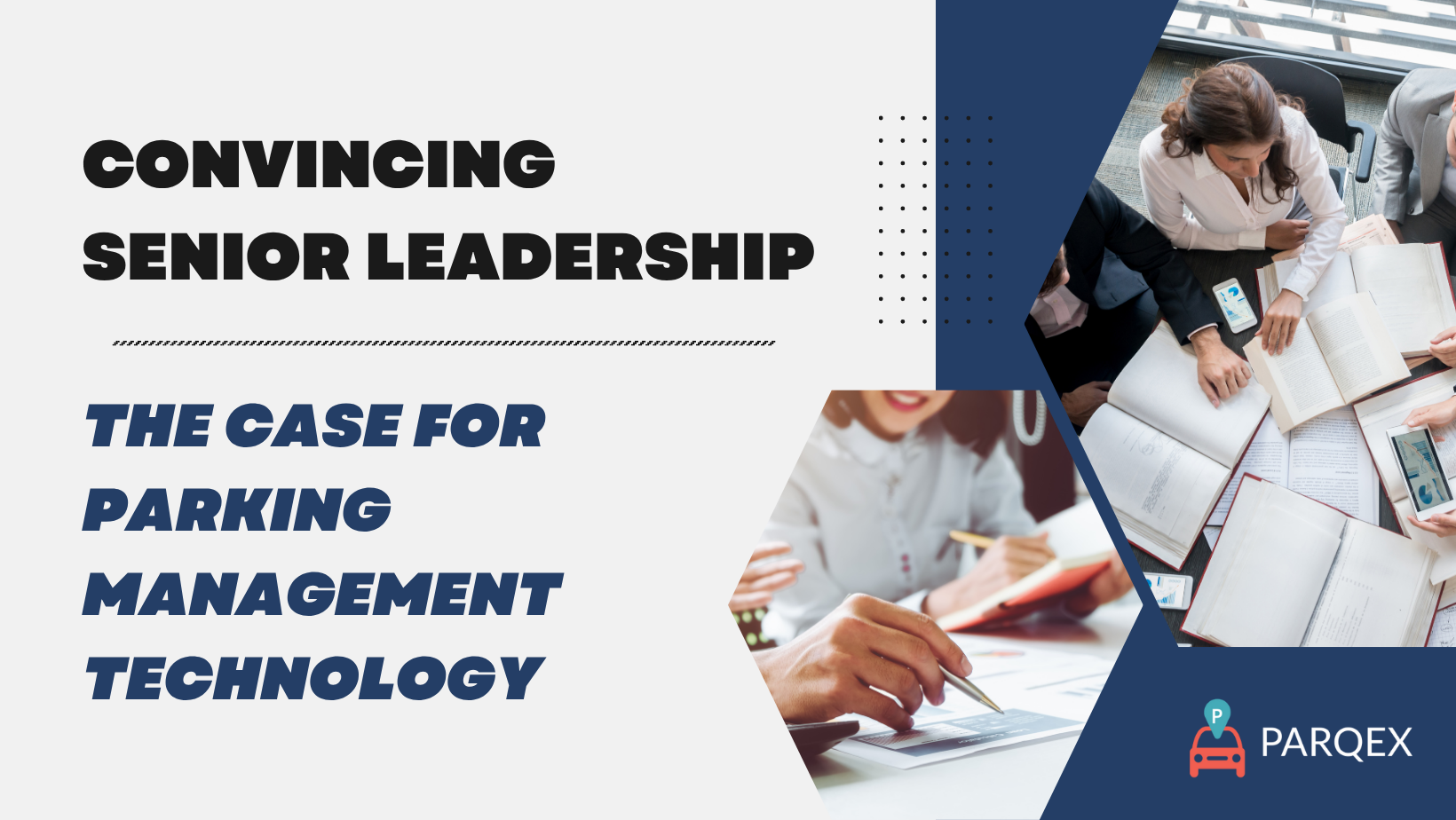Parking spaces have long been lauded as a critical part of residential buildings. People who live in apartments, condos, and other buildings need a place to park their cars when they come home each night. Over the last few years, however, there’s been a significant shift in the way people view both driving and parking–and it’s changing the way transportation needs are being handled.
Driving Is Expensive
Owning a car carries with it a number of recurring expenses. There’s the cost of a car payment, which in some cases can be as high as a monthly rent payment. Keeping insurance on the car is a requirement in most states; and if it’s not paid off, full coverage insurance, which is even more expensive, is a necessity. There’s routine maintenance on the car: oil changes, flushing the radiator, and taking care of repairs. If an accident does occur, fixing up the vehicle is astronomical! Then there’s the cost of finding a place to put that vehicle: public parking costs, metered parking, and other expenses rise fast. The rising cost of driving has made it impractical for many people to bother with a driver’s license, much less a car. Instead, they opt to take advantage of public transportation options.

Car Ownership Is Down in Cities
Single-car and no-car households are becoming increasingly common across the United States, especially in major cities. By 2015, approximately 9.1% of American households were no-car households–the first time in decades that the percentage has increased instead of decreasing. Ride-sharing services and the increased availability of public transportation have allowed millennials, in particular, to decide to let go of America’s car-centric culture and choose to live without being tied down to a car payment every month. In New York, for example, 29.4% of households are car free–a large enough percentage that it’s starting to seriously impact the way apartment buildings and other residential areas are handling their parking space needs.

Parking and Apartment Buildings
For individuals who live in apartment buildings, parking has long been a hotly-contested issue. Are there enough parking spaces in the building? Is each apartment given only a single space, or is each apartment allowed two spaces so that both adults have places for their cars? Disagreements over parking rise seriously. Some areas are specifically designed not to park in, and it’s frustrating to find the same person tucking their cars into those spots over and over again. Other times, visitors can’t find parking anywhere near the apartment building and are forced to park some distance away and walk. In the worst-case scenario, visitors to other apartments take over available parking–or even the numbered parking space belonging to a specific apartment–so that when the owner of that space comes home, there’s nowhere to put their car. Estimating the right number of parking spaces can be a huge challenge for developers, especially since large parking lots add quite a bit to the estimated costs of the project–and that means that many apartment complexes have historically experienced a significant shortage of parking spaces compared to residents. Debates over improper parking rage hotly, making it difficult for both apartment owners and those who live in the apartments.
Luckily, the decrease in the number of car owners has the potential to substantially change that. In some cities, laws govern the number of parking spaces that must surround each apartment building. That means that the number of available parking spaces in many areas won’t change, but the number of people who need to use them will shift significantly.

Shifts in Development
Developing new buildings and properties is a process that is constantly changing. With fewer Americans in need of parking spaces, many developers are choosing to cut costs and develop smaller parking lots, using the space for other things instead. What was once a parking area can now be plenty of other things: a playground or park where kids can play, pets can be walked, and people can socialize; a pavilion designed for social gatherings; or another building or a larger section of the apartment building. Instead of worrying about adequate parking spaces, developers can put their focus on developing better buildings that will help meet the needs of their tenants.

Monetizing the Underutilized Parking Supply
As the number of people who own cars decreases, it will become increasingly difficult for owners and developers to make the most out of their current parking solutions. After all, tenants in the buildings aren’t using them, and there’s no use letting parking spaces sit there empty for the rare occasions when building occupants have family gatherings in their apartments. Instead, many landowners are choosing to take advantage of their parking spaces to increase their income. There are several strategies that help make this process easier.
Use an app like Parqex. You can choose when a spot is available. Is it open all the time, or just during specific times of the day? What’s your rate? By using the app, you streamline the process of space renting. This is especially useful if your parking lot or space is in a high-traffic area where parking is limited and people often struggle to find spaces for events and outings. Whether you’re looking to rent out your parking lot long-term or you’re simply trying to look for short-term renters to fill in your parking lot and help increase your income, an app like Parqex can substantially increase the number of people you’re able to connect with.
Separate rent costs from parking costs. This is the easiest way to ensure that the apartment residents aren’t taking a space when they don’t really need it. By separating rent from parking costs, you can make it easier for both multi-car families, who may need separate spaces for each of their cars, and for families who don’t have cars at all and will benefit from slightly decreased rent costs. This can increase your income, since you can charge for your parking spaces, as well as bringing in more interested parties who see lower rent costs as more than enough incentive to look at your apartment–especially if they don’t have a car.
Offer additional parking to residents. Have residents throughout the building been parking on the street or paying for parking while other spaces have gone empty? Offering additional available parking to residents who need it can be a great way to increase goodwill throughout the building. Make sure you’re familiar with the parking needs of your residents before you start listing parking spaces.

The changing dynamic of driving throughout many cities is significantly changing the expectations and needs of many residents. Because there are still drivers, there is still a need for parking. Not only that, many apartment buildings are required by law to have a certain number of parking spaces in order to accommodate their residents. As a result, many buildings are likely to continue to have an increase in available spaces. Monetizing those spaces will help increase the overall return on your investment. Connect with us today to start learning how to connect your parking spaces with the people who need them most, increasing your available income from the space that you’ve already paid to create and creating a valuable service for people throughout your city who are still using their own cars.







